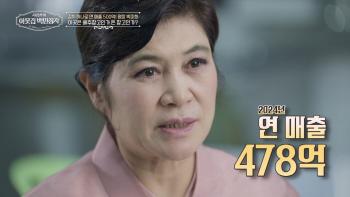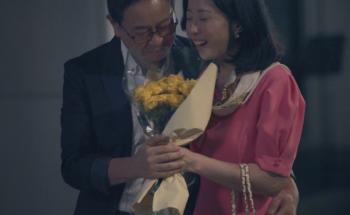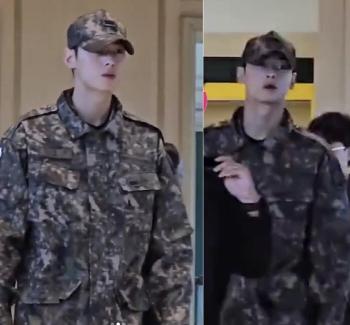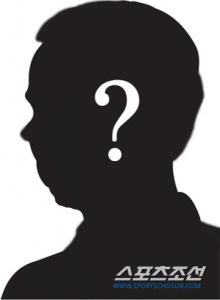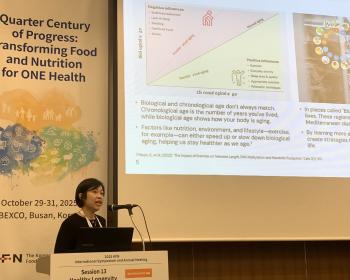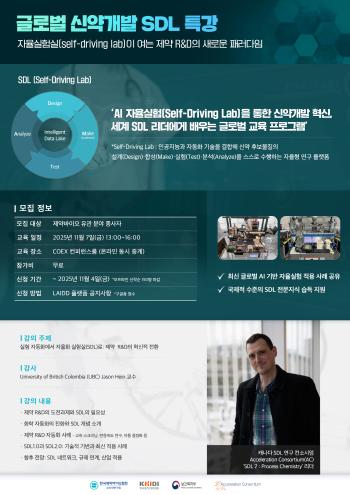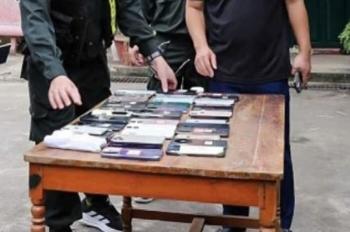48.9% of isolated and hidden adolescents are not physically healthy... More than half of my life changed day and night
Mar 25, 2025
|
Isolated adolescents are adolescents who have no one to ask for help or rely on emotionally in urgent situations, and reclusive adolescents are adolescents who stay at home and do not engage in social activities.
According to the researcher's online survey of teenagers aged 9 to 24 nationwide between June and August last year, 12.6% of the 19,160 people who completed the response were isolated and 16.0% were reclusive. This means that 28.6% of teenagers are living disconnected from the world. However, according to other social survey results, the actual proportion of reclusive and isolated youth is estimated to be around 5%.
The gender ratio was 29.9% male and 70.1% female. By age, 50.4% of 19-24 years old, 45.2% of 13-18 years old, and 4.5% of 9-12 years old were in order. 57.6% of the respondents said they were currently attending school, and 42.4% were non-schoolers.
The life satisfaction of reclusive and isolated adolescents was 4.76 points (out of 10 points), much lower than that of ordinary adolescents (7.35 points). Ninety percent said they were living with their parents, grandparents, siblings, and relatives, and five percent said they were living alone. In addition, there were cases where they lived with opposite sex friends (0.3%), people they just knew (0.3%), and same-sex friends (0.3%).
The most frequent period of isolation and concealment was 'under 18' at 72.3%. Isolation and hiding periods were in order of '2 years and less than 3 years' 17.1%, '1 years and less than 2 years' 16.7%, '6 months and less than 1 year', and '3 years and more'15.4%.
65.5% (multiple responses) cited 'difficulty in interpersonal relationships such as friends' as the reason for isolation and hiding. In particular, in the case of 19-24 years old, the rate of 'career and job-related difficulties' was high at 47.2%.
In particular, 48.9% thought their physical health was bad, and 60.6% thought their mental health was bad. Only 25.5% of those ate regularly, and 56.7% of those who lived a life that changed day and night. 62.5% of isolated and hidden teenagers responded that they had thought they wanted to die.
The most common activities during the isolation and hiding period were watching online video service (OTT) services such as YouTube and Netflix with 59.5% (multiple responses).
|
As necessary help, 'space to stop by and stay without being noticed' (79.5%, multiple responses), 'economic support' (77.7%), 'support for hobbies, culture, and sports activities done alone' (77.4%), and 'support for career activities' (75.1%) were cited.
Meanwhile, 29.6% of these families said they did not know about isolation or seclusion, and 27.2% did not consider it a major problem. 9.4% said they were not interested.
Dr. Choi Hong-il, who conducted this survey, said, "We need to develop a household healing program and provide policy support for isolated and hidden youth to increase their capacity to form relationships."," he stressed.
This article was translated by Naver AI translator.



